Welcome to the third installment in a four-part “Beyond the Track” series by Coaster101 guest writer Ryan Cataldo.
There is more beyond the surface of a roller coaster than just hills and drops. Every functional coaster on earth has scrutinous engineering and special principles behind it. Not all coasters are built equally, though. A handful of manufacturers from across the globe are responsible for fabricating these steel machines. Each manufacturer has its own unique style of track, support structure and train design. Moreover, each company follows different layout guidelines and principles. The specialties of three vastly different roller coaster manufacturers are compared throughout this series, including their history, highlights and pitfalls.
In this installment, we discuss the yet-to-open Iron Gwazi at Busch Gardens Tampa. The hybrid wood-steel coaster is the work of Rocky Mountain Construction, which built the coaster using some of the structure of the former Gwazi wooden coaster.
Iron Gwazi – Manufacturer Overview
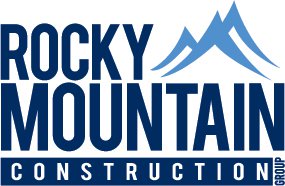 RMC, short for “Rocky Mountain Construction,” was formed in 2001 in Fred Grubb’s garage, where he and 10 employees simply repaired wooden coaster track for other parks. In 2008, Alan Schilke, a former engineer for American manufacturer Arrow Dynamics, helped Grubb design the I-Box track, one of RMC’s now-famous rail designs. A year later, RMC signed a contract with Six Flags to build its first hybrid coaster.
RMC, short for “Rocky Mountain Construction,” was formed in 2001 in Fred Grubb’s garage, where he and 10 employees simply repaired wooden coaster track for other parks. In 2008, Alan Schilke, a former engineer for American manufacturer Arrow Dynamics, helped Grubb design the I-Box track, one of RMC’s now-famous rail designs. A year later, RMC signed a contract with Six Flags to build its first hybrid coaster.
This coaster was called New Texas Giant and was located at Six Flags Over Texas. It took the structure of former wooden coaster Texas Giant and redesigned the layout with different elements and a steel track. This coaster opened in 2011 and revolutionized the idea of a hybrid coaster.
At the start of its life as a roller coaster manufacturer, RMC outsourced its trains, and Gerstlauer built them. However, in late 2011, RMC began to build its own trains.
In 2013, RMC opened Outlaw Run at Silver Dollar City, its first coaster to be built with topper-track, a track that uses wooden planks with flat steel running rails attached. In 2016, it invented its single rail track known as “Raptor” track. Two years later, Wonder Woman Golden Lasso opened at Six Flags Fiesta Texas, and it was the first coaster to actually utilize RMC’s raptor track. Since 2011, RMC has become known for taking old or broken-down wooden coasters and transforming them into wood-steel hybrids, along with constructing ground-up creations and single-rail coasters.
Important Iron Gwazi Dates and History
Gwazi, a wooden dueling coaster manufactured by Great Coasters International (commonly referred to as GCI) opened at Busch Gardens Tampa Bay. This ride became progressively bumpier over the years, and the many attempts from the park to fix this did not help very much.
In 2012, the “Tiger” side of the coaster stopped running trains, removing the dueling aspect of the ride, cutting capacity in half, and only allowing guests to experience one side of the coaster. In 2015, the opposing “Lion” side shut down as well, and the ride officially closed. The coaster was not demolished, rather it sat SBNO (standing but not operating) for years. While most of the parts of Gwazi were ultimately scrapped, the trains found new homes at two separate wooden coasters manufactured by Great Coasters International (GCI), the same team behind Gwazi. These two coasters were InvadR at Busch Gardens Williamsburg, and Texas Stingray at Seaworld San Antonio, which opened in 2017 and 2020 respectively.
The first leaked hint that something would be done with the structure was in September of 2018, when the name “Iron Gwazi” was trademarked by Seaworld. The official announcement of the ride came in March of 2019, and construction began three months later. The original dueling aspect of Gwazi was scrapped in favor of a layout that combined the structure of both tracks. A dueling RMC coaster, while mechanically possible, was not an option due to budget constrictions.
Trackwork was completed on March 8, 2020, and trains were successfully running around the course on the subsequent day. The park ceased operations days later due to COVID-19 restrictions, which forced Busch Gardens to shut its gates. The coaster, which should have debuted in 2020, was pushed back to have a 2021 opening. The ride is built and ready to operate but is yet to admit guests.
As of May of 2021, Iron Gwazi is the tallest hybrid coaster in North America at 206 feet, but tied for tallest in the world with Zadra at Energylandia in Poland. It is also the world’s fastest hybrid coaster, with the steepest drop on any such ride ever built.
Iron Gwazi Track Design
Iron Gwazi uses RMC’s I-Box track which, unlike its topper track, is made entirely of steel. The track is fabricated by heat-welding together flat steel plates, which are cleaved to precision on large plasma cutters. Alan Schilke mentioned in an interview with Machinedesign.com that when manufacturing the track, “Heat of welding causes the metal to slightly change shape. But the company’s patented technique restores the shape to the original engineering specs. In the field, bolted-connection plates attach the lengths together” (Gordon).
The track consists of two box-shaped rails, which are connected via steel cross-ties running perpendicular to the rails. The tracks connect to a series of steel beams which are then bolted to the wooden structure.
Editor’s note: What’s the difference between standard wooden coaster track, RMC’s “Topper Track,” and RMC’s IBOX (Iron Horse) track? This diagram illustrates each style:
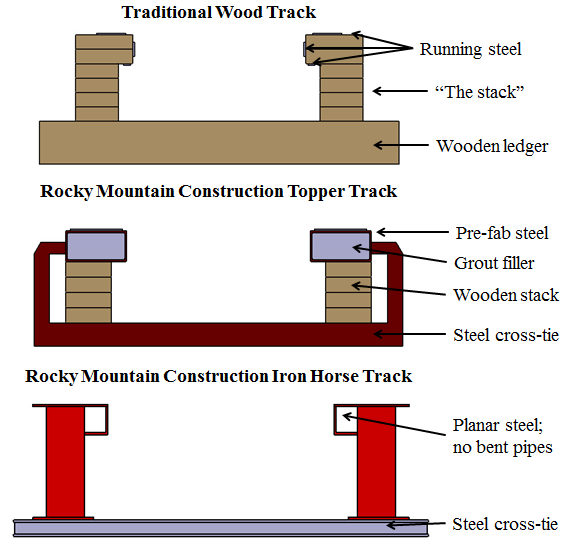
Traditional Wooden Coaster Track (top) compared to RMC’s topper track (middle) and IBOX/Iron House track (bottom).
To learn more about the differences between wooden, steel and hybrid coaster tracks, read our “Redefining Roller Coaster Types for the Modern Era” post.
Iron Gwazi Support System
Usually on an RMC hybrid-conversion, a large majority of the structure from the original coaster being converted is used. However, since Iron Gwazi traverses a layout that vastly differs from Gwazi’s original, a majority of the old coaster’s structure was scrapped.
While many old footers for the structure were utilized, approximately 75% of the original supports were torn down. In a late 2019 interview, Andrew Schaffer, Project Manager for Iron Gwazi, stated: “We’ve changed this ride so much from what it originally used to be, and the dynamics are completely different than what it used to be. It’s more than twice the height of what it used to be. We had to add some footers, for those additional dynamics of the ride. We’re re-utilizing most of the foundations that were there before, except for some areas where the second track was that we didn’t take up” (Stillwell).
A majority of the structure is wooden, but the entirety of the lift hill is built from steel.
Iron Gwazi Train Design
This coaster uses the standard RMC train, with a zero-car attached to the front. A zero car is a section of a coaster train (usually at the front) that adds necessary weight, and potentially theming.
Iron Gwazi’s zero car resembles the head of a crocodile. Each train can seat a total of 24 riders, consisting of 12 rows of 2. The train is broken up by joints into six segments, or “cars,” which each consist of two rows rigidly connected.
The riders are held in place by lapbars, which stay locked via a system of hydraulic cylinders.
Just like a traditional roller coaster train, RMC’s trains use three different types of wheels: road wheels, up-stop wheels, and side wheels. The road wheels are the largest, because they bear the weight of the train, and are subject to all the positive G-forces induced by the ride. The up-stop wheels are slightly smaller, and run along the underside of the track, keeping the train from flying off and allowing it to perform elements with strong negative G-forces, a sensation sometimes referred to by coaster enthusiasts as “airtime.” The side wheels are positioned on the inside of the track, rather than the more common option of putting them on the outside. The combination of these three types of wheels working in tandem keeps the train tightly gripped to the track.
Programming Iron Gwazi
Iron Gwazi’s programming is fairly simple since the ride can only run a maximum of two trains. This is sufficient for capacity since the coaster will use 24-rider trains. The ride does not feature a mid-course brake-run, which means the entire portion of the ride between the lift hill and the final brakes are all classified as one block section. Hence, the system will only allow one train to occupy that area at a time. The other train will load riders in the station and is only able to dispatch when the proceeding train has cleared out of the main block section. This system ensures that no trains will collide.
Iron Gwazi Lift System
Almost all coasters manufactured by Rocky Mountain Construction use the same lift system (aside from the launched Lightning Rod at Dollywood). Each train is equipped with a metal catch car that hooks onto the chain lift and stays linked on throughout the entire climb up the lift hill.
An anti-rollback dog beneath the train travels along the staircase-like ani-rollback “teeth,” which would prevent the train from rolling backward down the hill in the highly unlikely event that the chain would snap. The motor that drives the chain lift can vary speeds; it runs slowly when the train is not on it and speeds up drastically once the ride vehicle hooks onto the lift. Lift hills manufactured by RMC tend to be quite loud, as the sheer speed of the chain and the consequential quick movement of the train can create a substantial amount of noise.
Iron Gwazi Ride-Through Description
Iron Gwazi’s train dispatches from the station and immediately takes a left turn, leading to the lift hill. The ride vehicle engages with the chain lift and is quickly carried to the top of the coaster’s highest point.
After cresting the peak of its lift hill, the ride descends a 91-degree drop, plummeting the train down a long dive into a tangle of wooden supports, before leveling out, and immediately sweeping into a large left turn. At the top of this turn, the track abruptly snaps from an inward to an outward bank, then gradually transforms back to an unbanked curve as the train descends to the bottom of this sweeping turn. Traveling directly underneath the first drop, the track quickly raises in elevation while taking a large right turn, setting up for the succeeding element: the barrel roll down-drop. The train hauls out of this element and completes a long inward, overbanked left turn, followed by a snappy wave-turn that jolts riders 90 degrees on their right.
Advancing is a short hop-up into another wave turn, which banks left. This wave turn transitions into a left swoop into a zero-g stall, in which riders are suspended upside-down for a sustained amount of time. The train exits the zero-g stall and traverses the rest of the ride, which remains relatively low to the ground compared to the rest of the coaster. A series of short hills and slightly banked turns glide the train into the final brake run with much momentum.
Watch an on-ride POV video released by the park below:
Iron Gwazi Thematic Marketing
The original, wooden Gwazi was named after a mythical beast of the same name. This creature has the head of a lion and the body of a tiger and is sometimes depicted with wings and a dragon-like tail. This made sense since the ride was a dueling coaster, and a Gwazi was a two-part creature. However, when designing the theme for Iron Gwazi, the whole idea of what constitutes a Gwazi was entirely scrapped. Now, the ride is themed to a crocodile, yet still contains Gwazi in its name; more for the purpose of paying homage to its predecessor than staying thematically consistent.
There has not yet been a strong marketing campaign for this coaster. Busch Gardens Tampa has been discussing the coaster’s progress on its social media platforms, in addition to posting a teaser video.
The wait is over. The official Iron Gwazi POV is here. pic.twitter.com/6ArQ84fCWx
— Busch Gardens Tampa Bay (@BuschGardens) November 12, 2020
In November of 2020, the marketing team uploaded a video of an on-ride view of the coaster, which has never been seen before then. While these strategies are enough to excite coaster enthusiasts about the ride, they are not sufficient to inform the general public about the attraction’s presence. It is likely that Seaworld entertainment will invest more time in marketing toward the masses during the ride’s opening weeks during the spring of 2021, probably accompanied by the headline: “North America’s tallest and fastest hybrid coaster.”
Highlights of RMC Coasters
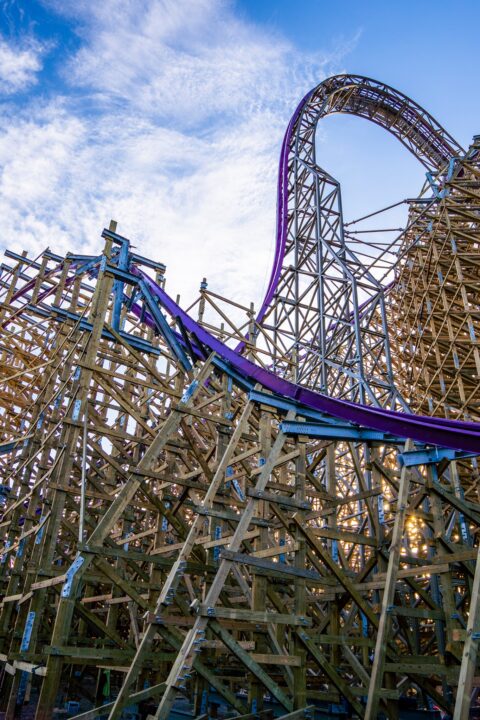 RMC coasters are a great addition to parks for a multitude of reasons. They provide a glossy-smooth ride experience as a result of their laser-cut steel track. RMC trains’ restraint system is both efficient and comfortable; the lap bars are able to be pulled down with ease, allowing faster dispatch times, since less help is needed from ride operators. RMC hybrid conversions are also relatively cheap for parks, especially if a majority of an existing coaster’s supports are used. This company is great for parks with an old wooden coaster that does not please guests. RMC can take that old coaster and convert it into something new and widely appealing. Also, these coasters are quite versatile, in that they can perform graceful, drawn-out elements, as well as tight, whippy maneuvers.
RMC coasters are a great addition to parks for a multitude of reasons. They provide a glossy-smooth ride experience as a result of their laser-cut steel track. RMC trains’ restraint system is both efficient and comfortable; the lap bars are able to be pulled down with ease, allowing faster dispatch times, since less help is needed from ride operators. RMC hybrid conversions are also relatively cheap for parks, especially if a majority of an existing coaster’s supports are used. This company is great for parks with an old wooden coaster that does not please guests. RMC can take that old coaster and convert it into something new and widely appealing. Also, these coasters are quite versatile, in that they can perform graceful, drawn-out elements, as well as tight, whippy maneuvers.
This creates a varying ride experience between all their coasters. In terms of visual appeal, these attractions consist of a mesmerizing arrangement of the seemingly infinite wooden structure paired with the signature smooth, sharp track design. This leads RMC to produce some of the most aesthetically pleasing coasters on the market.
Pitfalls of RMC Coasters
A problem with RMC coasters is their infamously noisy lift hills. These can echo throughout guests’ ears while waiting in line. Also, while the RMC I-Box track is quite versatile, it still is unable to complete tall inversions such as Immelmans, cobra rolls, or vertical loops. Since RMC has only been building roller coasters for approximately ten years as of 2021, it still struggles with incorporating complex elements like launches into their rides.
Iron Gwazi Redesign Considerations
Stating things that can be definitively improved about this coaster is difficult since it is not open to the public yet. However, from taking what is already known about the ride and making inferences based on other RMC coasters, some improvements can be considered. Firstly, the name Gwazi does not make sense as the title of the ride. The new coaster is themed to a crocodile. On the original Gwazi, the name made sense because it consisted of two dueling tracks named Tiger and Lion, which are the two parts that comprise a Gwazi. On this coaster, the title seems out of place, as there is only one track, and the ride has nothing to do with lions or tigers. But that is a superficial issue, and not a big problem. To capitalize on the crocodile theme, a clever addition would be to add hidden speakers at some points of the ride, like the peak of the lift hill, or the top of the barrel-roll down-drop. These could play short sounds like crocodile growls or snaps, making it seem like a reptile is following the train.
A larger physical improvement to the ride would be to make it longer. From the on-ride video released by Busch Gardens Tampa Bay, it is evident that the train coasts into the brake run with substantial momentum, which could accommodate additional elements. RMC could have potentially extended the track layout using this leftover speed, allowing for a few more turns through the structure and even a low to the ground inversion. As a final superficial change, it would be favorable if the park incorporated theming on the final brake run or at least something for guests to look at as they wait to roll into the station. A good option would be making the immediate landscape look like a swamp or other environment that a crocodile would live in, possibly with mist machines to immerse the riders. Another opportunity would be to incorporate rocks with animatronics of various crocodiles standing atop them, with plaques on the rocks that tell their breed and facts about them. On a hot day, perhaps these animatronics could squirt water at guests.
Iron Gwazi Summary
Iron Gwazi is an example of how much Rocky Mountain Construction has improved since their first coaster, New Texas Giant. The incorporation of inversions, large banked turns, snappy elevation changes, and the steepest drop on any hybrid coaster make this a very well-rounded attraction. While not yet open to the public, many roller coaster enthusiasts have high expectations for this coaster, as it is the tallest and fastest RMC creation as of 2021.
Compared to the other coasters at Busch Gardens Tampa, this will absolutely be a headline attraction in the park, and quite possibly the most popular. A new coaster like this will be a major draw for attendance at the park, as many previous guests are already familiar with the original wooden coaster. Iron Gwazi is the epitome of reinvigorating an old ride that was special to people and improving it immensely. This coaster will rise above the wooden shadow cast by Gwazi, and become a twisted steel masterpiece in its own right.
Don’t miss the previous Beyond the Track installments about Dueling Dragons at Islands of Adventure and The Smiler at Alton Towers.
And check out our 2019 Iron Gwazi construction tour and interview with Iron Gwazi project manager, Andrew Schaffer.
About the Author:
 Ryan Cataldo is currently a high school freshman with over eight years of experience building roller coaster models and studying their efficacy. His favorite subjects in school are math, science and band. He is highly interested in the mechanical and complex workings of roller coasters, and his articles explore these topics in depth. To this end, he publishes videos of models of K’nex Roller Coasters on his YouTube channel called DryEyeBuilds, with about 40,000 collective views.
Ryan Cataldo is currently a high school freshman with over eight years of experience building roller coaster models and studying their efficacy. His favorite subjects in school are math, science and band. He is highly interested in the mechanical and complex workings of roller coasters, and his articles explore these topics in depth. To this end, he publishes videos of models of K’nex Roller Coasters on his YouTube channel called DryEyeBuilds, with about 40,000 collective views.

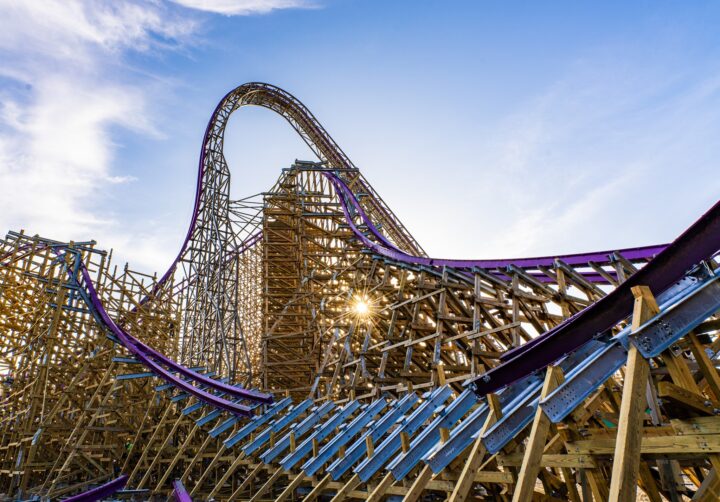
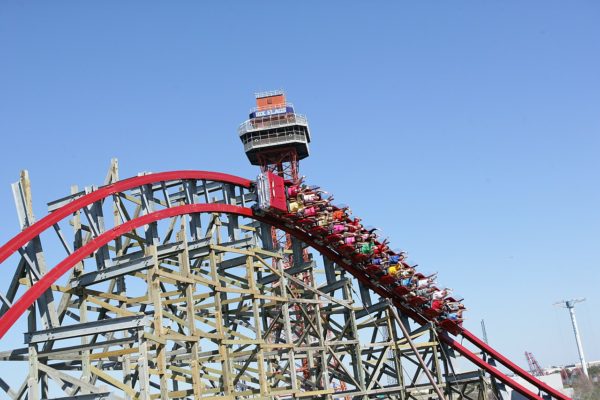
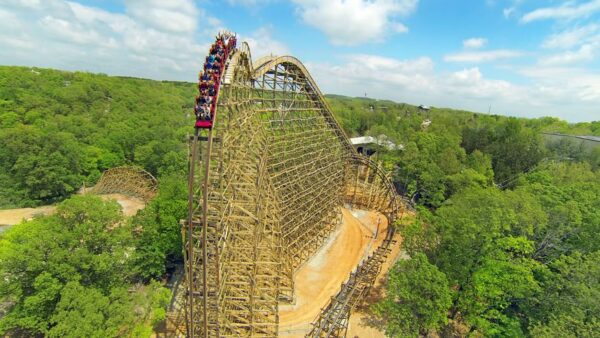
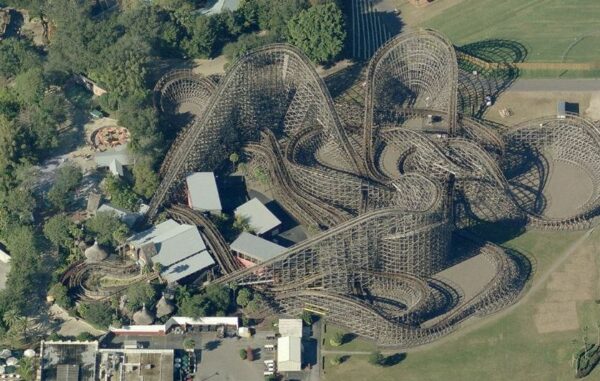
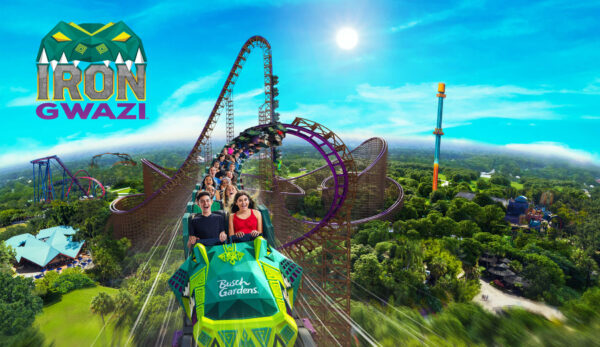
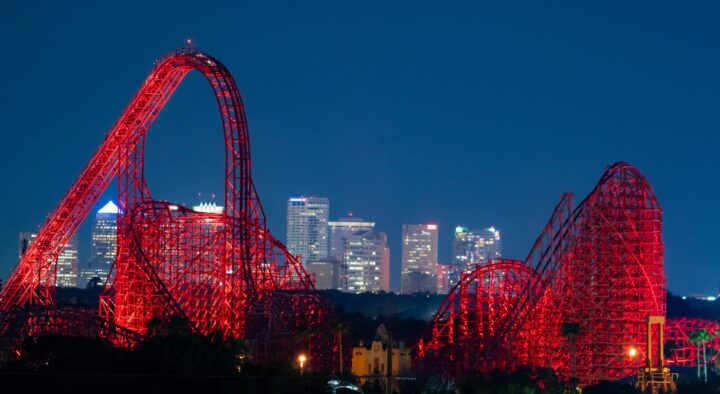
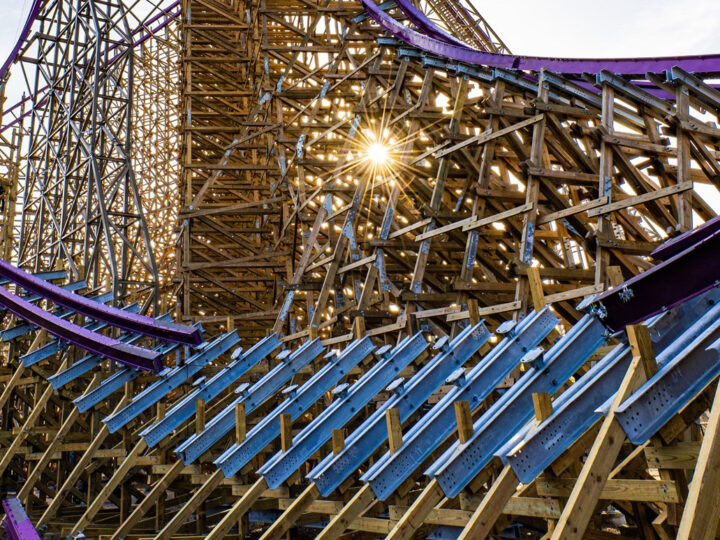
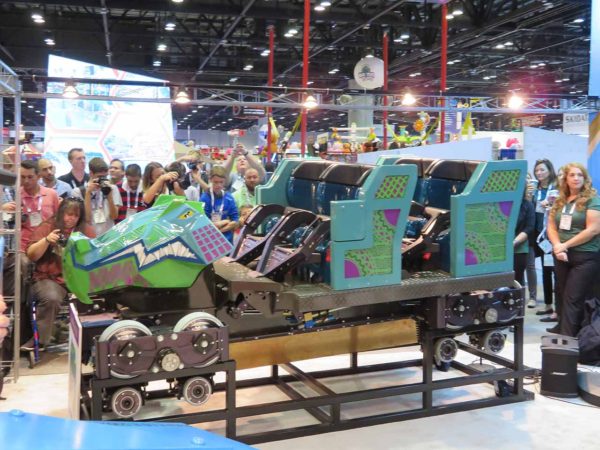
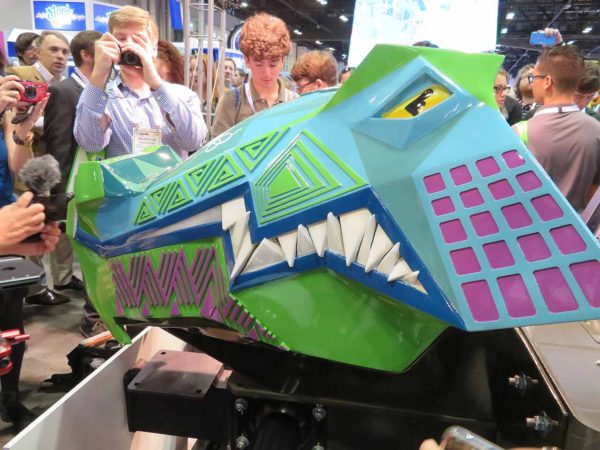
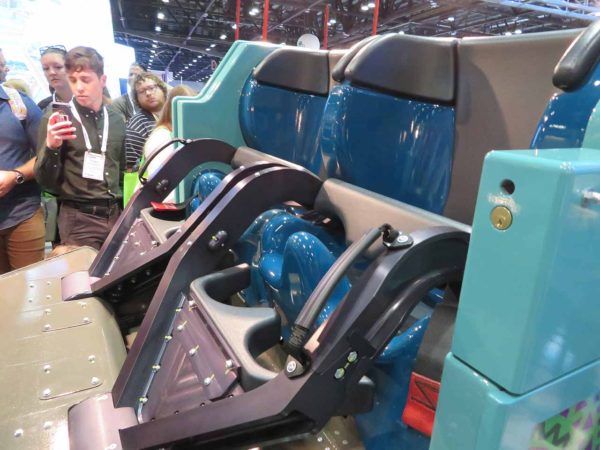
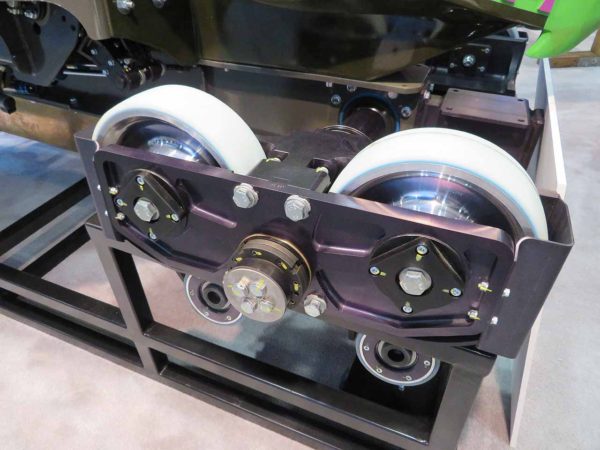
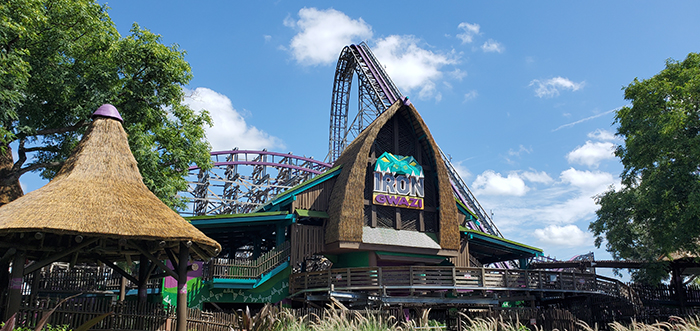
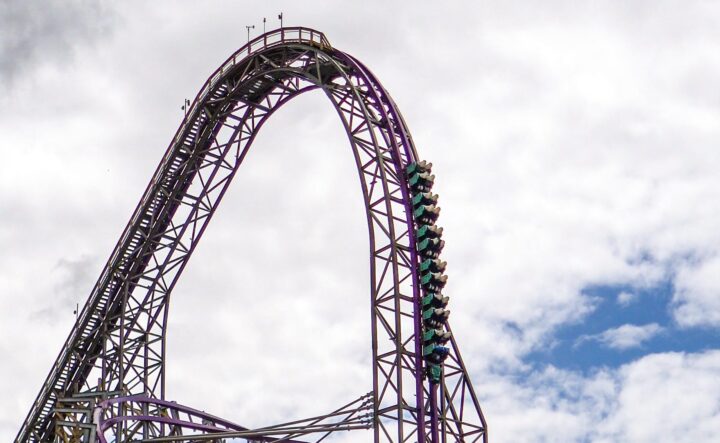
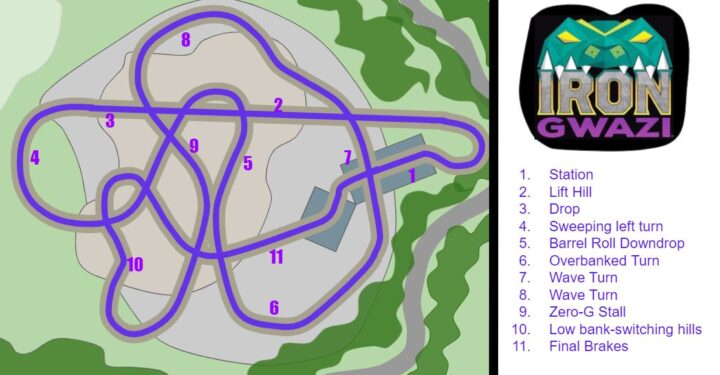
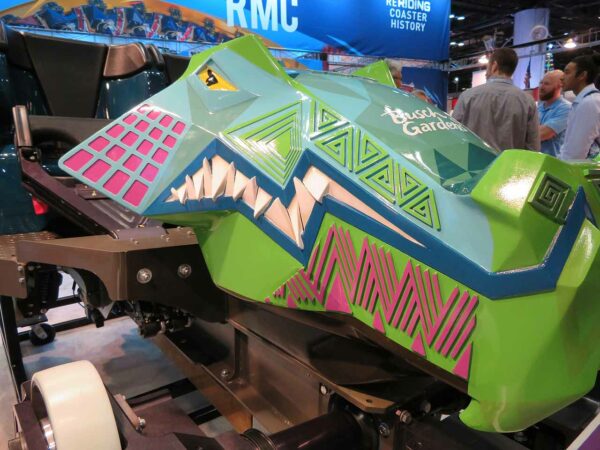
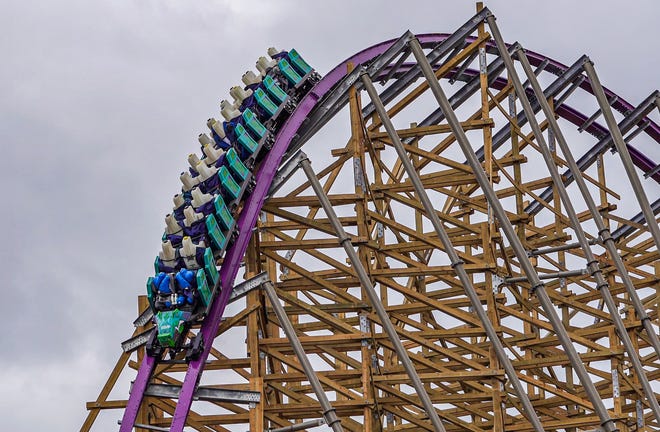
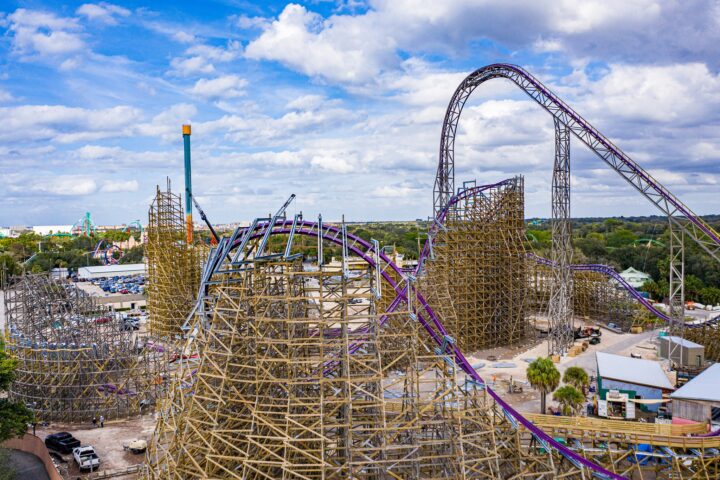
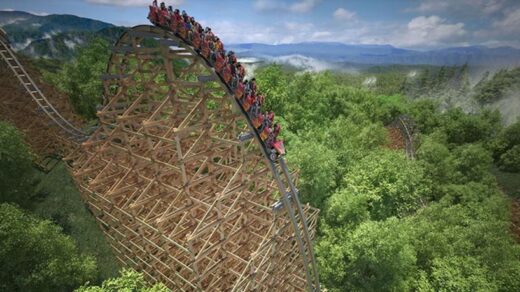
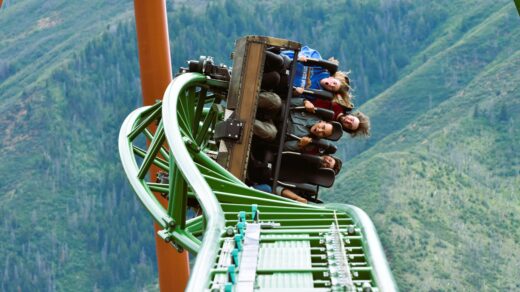
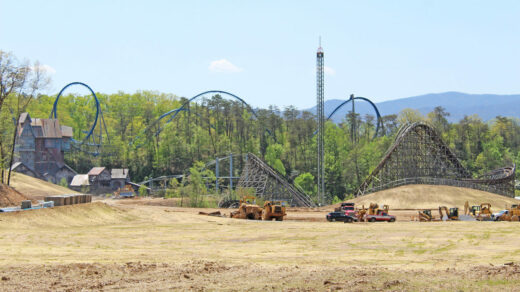





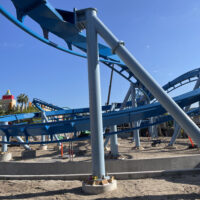





My daughter and I were just at Busch Gardens on the 17th. Omg, This coaster looks amazing! We call it, The Frankenstein of the coasters! We can’t wait to scream our heads off and not hold on!!!
There is no special rumor in it opening its because they are short staffed and don’t have enough people to operate the coaster. I asked weeks ago.
Busch gardens sucks I denied my favorite rides roller coasters cause I have no legs I’m a double above knee after I told them that’s not right and discrimination but they wanted to change the subject and say I can’t go on cause I’m not tall enough trying to make it legit what a waste of time I want people to know what kind of service you get their is the american disability act that protects people with disabilities from discrimination from numerous public life like an amusement park so much for amusement